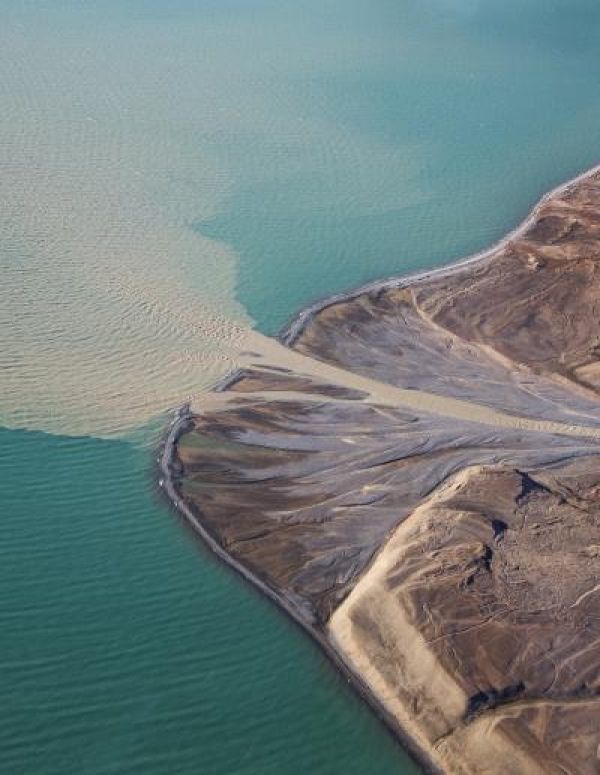As climate change melts Greenland’s glaciers and deposits more river sediment on its shores, an international group of researchers has identified one unforeseen economic opportunity for the Arctic nation: exporting excess sand and gravel abroad, where raw materials for infrastructure are in high demand.
The unconventional, yet potentially lucrative solution was developed by scientists from CU Boulder, the University of Copenhagen, Arizona State University and the Rhode Island School of Design. Their findings were published today in the journal Nature Sustainability.
“The melting Greenland Ice Sheet delivers an enormous amount of sediments to the coast,” said Mette Bendixen, a researcher at CU Boulder’s Institute of Arctic and Alpine Research (INSTAAR) and a Carlsberg Foundation research fellow. “Eight percent of the annual sediment contribution delivered to the global oceans comes from the Greenland Ice Sheet and with continued global warming, this number is expected to increase.”
Arctic nations such as Greenland struggle with the ongoing effects of climate change, particularly an overreliance on now-vulnerable commercial fisheries and few other large industries. Greenland has sought to diversify its economy for years through mining, oil extraction and tourism, but progress has been slow; the country still reports a 10 percent unemployment rate and persistent revenue shortfalls.
Read more at University of Colorado at Boulder
Image: Eight percent of the of the annual sediment contribution delivered to the global oceans comes from the Greenland Ice Sheet. (Credit: Nicolaj Kroeg Larsen)


